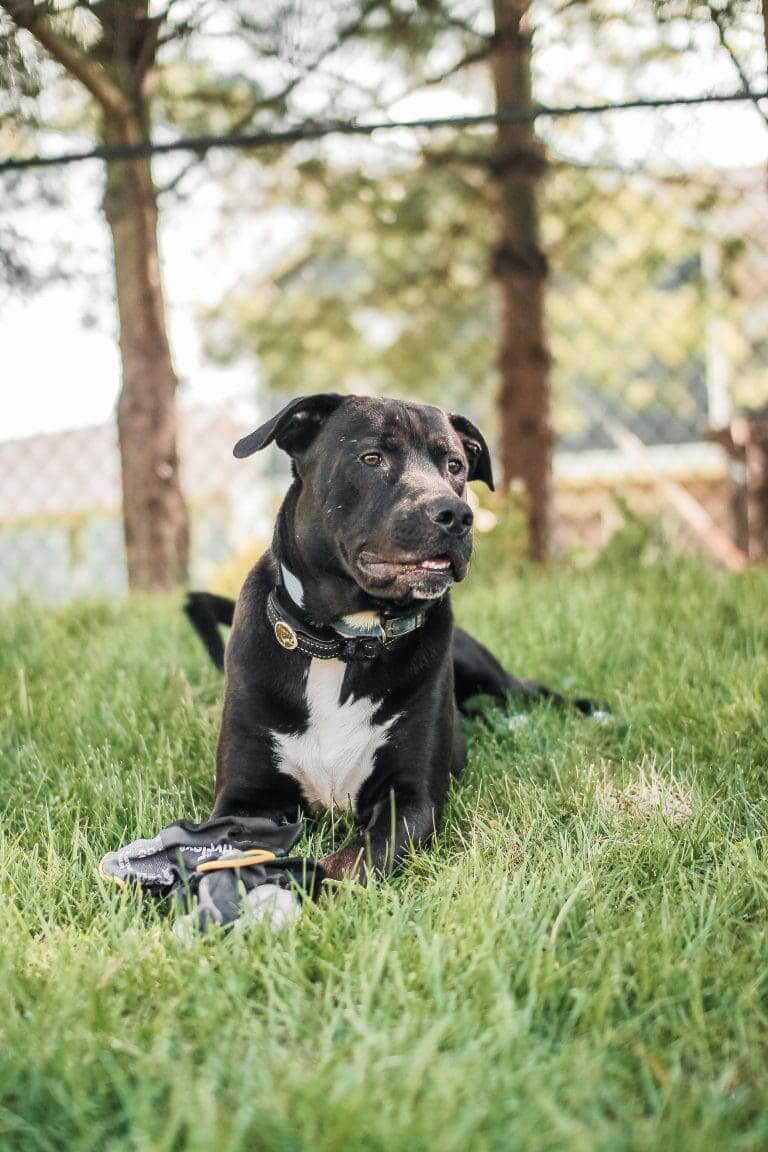How Long Should Dog Nails Be?
Post Date:
December 10, 2024
(Date Last Modified: December 10, 2024)
Understanding the appropriate length for dog nails is vital for maintaining your pet’s health and comfort. Many pet owners neglect nail care, but proper nail maintenance is essential for a dog’s mobility and overall well-being.
Individual Needs
Every dog is unique, and the ideal nail length varies based on breed, size, and lifestyle. Generally, a dog’s nails should not touch the ground while standing. Ideally, they should be short enough that you cannot hear them clicking on hard surfaces during movement, as this sound often indicates overly long nails.
Consequences of Long Nails
Long nails can lead to discomfort and pain for dogs. Overgrown nails may cause health issues such as splaying of the toes, changes in gait, and joint pain over time. Dogs depend on their nails for traction and balance, and excessive length can impede their ability to walk or run effectively.
Activity Level Matters
Different breeds have varying nail growth rates. For instance, hounds or dogs that spend more time outdoors may naturally wear down their nails, while indoor dogs may need more frequent trimming to maintain a healthy length. Assessing your dog’s activity level is crucial when determining nail care needs.
Regular Nail Checks
Developing a habit of regularly checking your dog’s nails is beneficial. The frequency of trimming can vary: some dogs might need it every few weeks, while others may require it every couple of months. If you notice your dog’s nails curling or touching the ground, it’s time for a trim. Observe your dog’s movement; signs of favoring a leg or discomfort may indicate that their nails are too long.
Trimming Techniques
Trimming dog nails may seem challenging, but it can be manageable with the correct approach. If uncertain, consulting a veterinarian or professional groomer can be helpful. Getting your dog accustomed to having their paws handled from a young age can make the process smoother and reduce anxiety for both of you.
When trimming, using the right tools is essential. A quality pair of dog nail clippers, whether guillotine or scissor style, can ease the task. Ensure the clippers are sharp and suitable for your dog’s size. Having a nail file can also help smooth any rough edges after trimming.
Identifying the Quick
For dogs with light-colored nails, the quick (the sensitive pink area inside the nail) is easier to see and should be avoided during trimming to prevent pain and bleeding. Dogs with dark nails make it harder to identify the quick, so it’s best to trim small amounts until you notice a slight change in the nail’s appearance, signaling you’re nearing the quick.
Alternatives to Traditional Trimming
Some pet owners opt for a Dremel tool for nail trimming, which sands down the nail instead of cutting it. This method can be less stressful for some dogs but may require more time and patience. Always use the tool gently to avoid overheating the nail.
Overall Paw Health
Nail care is just one aspect of maintaining your dog’s overall foot health. Regularly inspect your dog’s paws for injuries, irritation, or debris lodged between their toes. Healthy paw pads are just as important as well-trimmed nails. If you spot any abnormalities, consulting a veterinarian is advisable.
Signs of Overgrown Nails
Common signs that your dog’s nails may be too long include reluctance to walk, dragging paws, or noticeable changes in gait. Addressing these issues promptly can prevent further discomfort.
Breed-Specific Considerations
While general guidelines exist for nail length, it’s important to recognize that different breeds have specific needs. For example, dachshunds or bulldogs might experience different nail growth rates compared to larger breeds like retrievers or German shepherds, which may wear down their nails more due to size and activity levels.
Promoting Natural Nail Wear
Engaging in activities that encourage natural nail wear can help maintain proper nail length. Regular walks on hard surfaces can assist in keeping nails trimmed. However, for dogs primarily indoors, more proactive trimming is necessary.
Creating a Calm Environment
For anxious or fidgety dogs, trimming nails in a calm environment is crucial. Start with one nail at a time to help your dog get used to the process. Positive reinforcement through treats and praise during and after trimming can also ease anxiety.
Individual Assessment for Multiple Pets
When caring for multiple dogs, assess each pet’s nails individually, as each may have different needs based on breed, age, and activity level. Establishing a regular nail trimming schedule can help maintain healthy nail lengths for all your dogs.
Importance of Nail Care
Neglecting nail health can significantly affect your dog’s overall well-being. By understanding the appropriate nail length and the necessity of regular trimming, you can ensure your furry friend remains comfortable and healthy. Keeping nail care as part of your routine will lead to a happier, healthier dog.
If you have any uncertainties about trimming your dog’s nails or notice signs of discomfort, consulting with a veterinarian is always recommended. This proactive approach can prevent complications and promote a happy, active life for your pet.






